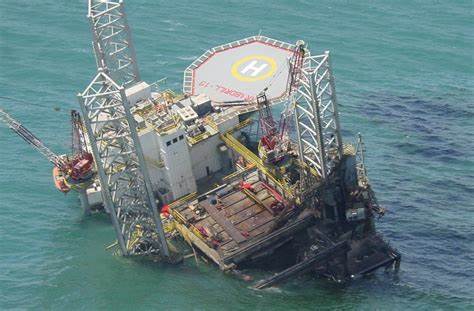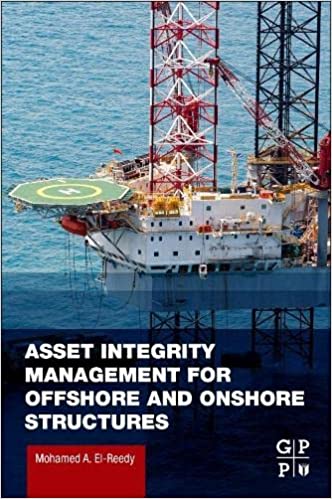
Most of the owner companies are focus about the integrity of its facilities and specific of its platform which is the major asset. The structure integrity management present the structure reliable along its life time which required to calculate its probability of failure and to have a criteria for the reliability index or the probability of failure based on the consequence in case of failure.
There are many researches and development know to define the structure probability of failure which is the reverse to the definition of the structural reliability. The offshore structure reliability analysis (OSRA) are often required in the reassessment of existing structures; this is particularly the case for fixed platforms which would experience wave-in-deck loading at high return periods. An OSRA allows the risk of platform failure to be quantified and the effect of any measures to mitigate the consequences to be understood. A key input into this analysis is the metocean loading in extreme conditions. Another is the probability of those conditions occurring.
There are mainly two method to define the structure reliability and its probability of failure are the first order reliability meth of (FORM) second order reliability method(SORM) or simulation by using Mote-Carlo simulation technique. Most of the researches are going to use second moment methods as they can calculate the variability of load and resistance.
In DnV report (1995) was used second moment method but the report used four limit state equations which are Ultimate limit state (ULS), which present danger failure like inelastic member, free drifting or sinking of the structure in case of tension leg platform (TLP.) and Fatigue limit states(FLS), which present the failure due to cyclic loading as in case of fatigue in the joint, Collapse limit state (CLS) which present a complete collapse in abnormal effect and also the serviceability limit state (SLS) which present the failure to do its function under the normal condition.
Another method, which is used in recent years, is the one proposed by Ersdal (2005). Ersdal in his thesis proposed a simple probabilistic model including a relation between the RSR indicator and the annual failure rate for existing structures installed in the North Sea in shallow or intermediate water depth. In this study, wave load was calculated in terms of the annual maximum wave height with probability of exceedance equal to 10-2. The annual maximum wave height was also assumed to follow a Gumbel distribution. The ultimate capacity was assumed to be equal to the calculated wave loading multiplied by the RSR using the equation UCR = RSR × (C1x H100 C3)in which RSR is the Reserve Strength Ratio, C1 xH100 C3 is assumed to be the design loading. C1 and C3 are the load coefficients that have to be extracted from a curve fitted to the results of load calculation. Probability of failure is then estimated using Monte Carlo approach based on the total number of simulations and the number of samples falling into the failure domain.
The relationship between the RSR versus annual probability of failure has also been established as Pf = 10-0.0886-1.9976 RSR it is also important to note that there is some limitation in this study and some possible hazards like corrosion and pile related failure mode have not been included.
More reseraches in this topics and its application practically is presented in this book.

There are a recent researched in 2006 and 2007 focused on the calculation of the probability of failure such as studies on seasonal storms in the GoM. In these studies performance of fixed steel jacket platforms in Katrina and Rita has been assessed.
However some researches do the simulation but also considered these two variables only so the benefit of the simulation is not obtain. As by using simulation we can present the variability for each element which is very complicated and factors which is very complicated to be done in case of the offshore structures.
Therefore most of researches define the variability on the load and present the wave by its statistical parameters and some of other considered resistance and load as probabilistic and all other factors are deterministic.
As an ideal case which provide us more accurate and need further research and development is to consider all the variables and us the simulation and there will be an integration between the simulation by using monte-carlo like crystal ball software or B-risk and the offshore structure analysis by SACS in this case it is required to run SACS software for at least 10,000 times as discussed in the above section.
As presented in the book a new approach by software development to connect monte-carlo with the offshore structure analysis package. It will be costly but it is the actual case to calculate the offshore structure probability of failure.
